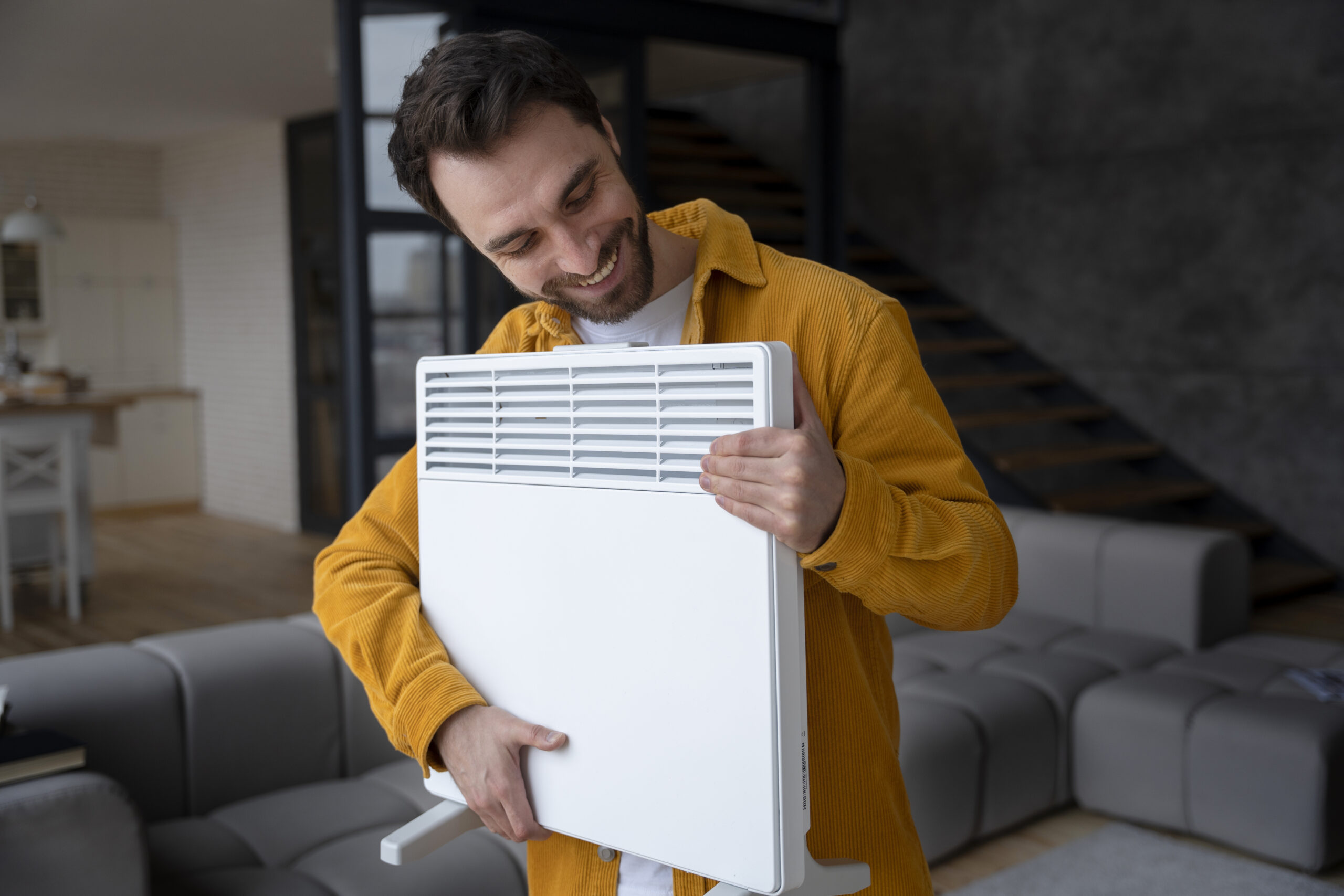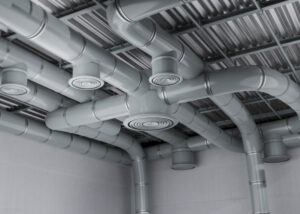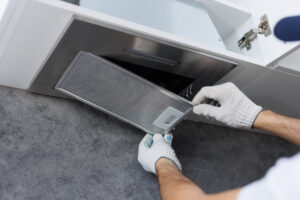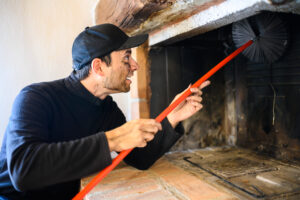Installing a dryer vent is an essential step for your home’s safety as well as the effectiveness of your dryer. An improper installation might reduce your appliance’s effectiveness and create a risk of fire. We’ll walk you through the installation of a dryer vent step-by-step in this guide, enabling you to complete the job securely and confidently.
Step 1: Choose the Right Tools and Materials
Before you begin, make sure you have the following tools and materials:
Drill with a 4-inch hole saw attachment
Screwdriver
Level
Tape measure
Aluminum duct tape
Vent hose (flexible or rigid depending on your needs)
External vent flap
Caulk
Step 2: Select the Vent Location
Select a suitable spot for your dryer vent. The vent should ideally be as short as straight as possible to reduce lint accumulation and promote unobstructed airflow. Away from any windows, doors, or other ventilation intakes that can bring the exhausted air back inside the home, the vent should lead straight outdoors.
Step 3: Drill the Vent Hole
Where you want the vent duct to exit, drill a hole through the outside wall using the drill and 4-inch hole saw. Before beginning any drilling, make careful to look for any obstructions, such as piping, electrical wire, or construction. To make it easier to fit the vent, it’s also critical to make sure the hole is level.
Step 4: Attach the Duct to the Dryer
Attach one end of the vent hose to the dryer’s vent connection. Use aluminum duct tape to secure it in place and ensure there are no air leaks. Avoid using screws here as they can catch lint and create a fire hazard.
Step 5: Connect the Duct to the External Vent
Feed the other end of the vent hose through the hole in the wall towards the external vent. If you’re using a flexible hose, keep the path as straight as possible to reduce lint buildup and increase efficiency. Connect the hose to the external vent and secure it with aluminum duct tape.
Step 6: Install the External Vent Flap
Using the included screws, fasten the external vent flap to the exterior wall. The vent flap will keep animals and outside air out of the duct. To stop air leaks, make sure the flap can open easily and that the edges are caulked tightly.
Step 7: Secure and Seal the Duct
Go back inside and make sure that the vent hose is secure and has no kinks or sags. Use straps to secure the duct to the wall or ceiling if necessary. Seal around the interior part of the vent with caulk to prevent air from leaking into your home.
Step 8: Test the Installation
Go back inside and make sure that the vent hose is secure and has no kinks or sags. Use straps to secure the duct to the wall or ceiling if necessary. Seal around the interior part of the vent with caulk to prevent air from leaking into your home.
Step 9: Maintain Your Dryer Vent
To ensure that your dryer vent is clear of lint buildup and obstructions, clean it on a regular basis. This will increase the efficiency of your dryer, increase its longevity, and—most importantly—lower the chance of a fire.
Conclusion
Installing a dryer vent may seem like a daunting task, but by following these steps, you can successfully complete it as a DIY project. Always prioritize safety and never hesitate to consult a professional if you encounter any issues or if you’re unsure about any step. Proper installation and regular maintenance of your dryer vent will keep your dryer working efficiently and your home safe.





